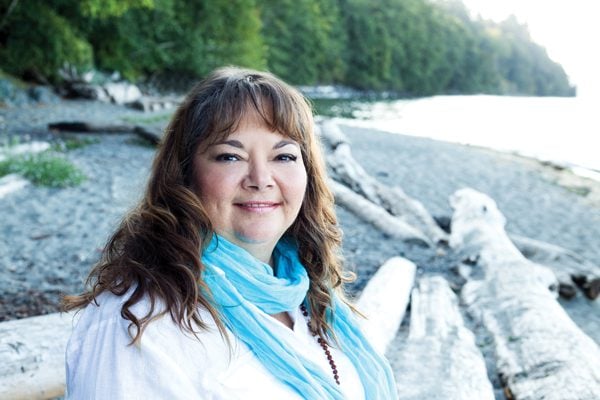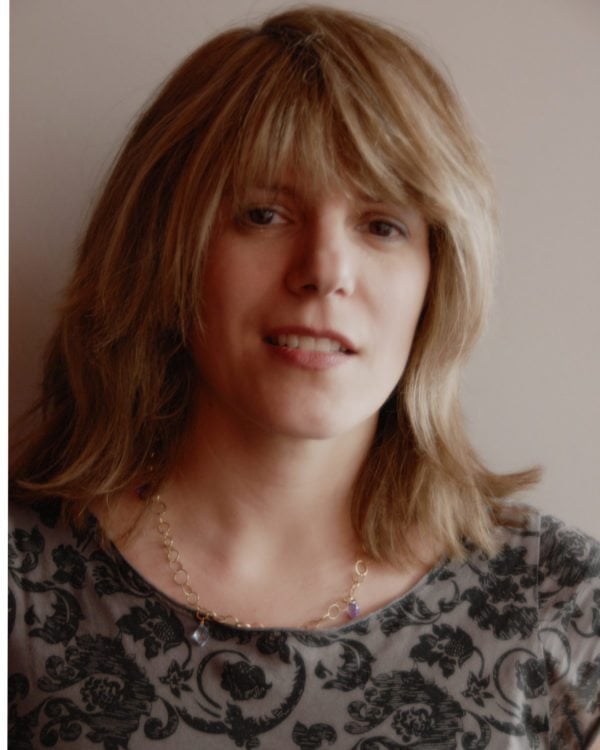Eleven years ago, Joanne Gerber, a program consultant for literary and multidisciplinary arts at the Saskatchewan Arts Board, began collaborating with writers, publishers, and arts administrators to create a training program for Indigenous editors. At the time, such a program was not considered an urgent need by the Canadian book industry. Despite the fact that Theytus Books – Canada’s first Indigenous-owned press – was desperate to find trained editors for its projects, issues surrounding Indigenous orality, traditional knowledge, and cultural protocols were not on the radar of many traditional publishers.
This was, of course, before the Truth and Reconciliation Commission’s damning 2015 report, documenting the horrors of the residential school system. It predated the controversy surrounding Joseph Boyden’s writing and whether he followed proper protocols and permissions in crafting his bestselling novels, or whether he even has the right to claim Indigenous identity. And it was more than a decade before the latest CanLit crisis – Hal Niedzviecki’s editorial on cultural appropriation in an Indigenous-focused issue of Write, the Writers’ Union of Canada magazine – generated heated online discussions about privilege, power, free speech, and story ownership.
“It’s just taken time,” says Gerber, a former editor at Regina’s Coteau Books. Gerber’s great-grandmother was Algonquin, though she didn’t grow up in the culture. She does not self-identify as Indigenous, but as an ally. “I think what’s happening in the wider world is more consciousness – the conversation today is so different than it was 10 years ago. However, episodes like what just happened [with Write] reveal there’s a ways to go. We’ve always taken the view that we’re about reconciliation, we’re about healing and providing resources and knowledge so things can be done better.”
The first Indigenous Editors Circle (then called the Aboriginal Editors Circle), organized by the Saskatchewan Arts Board in 2014, drew eight authors, editors, and publishers to Saskatoon for training and discussion, led by expert instructors such as Kegedonce Press’s Kateri Akiwenzie-Damm and Theytus Books’s Greg Younging. The following year’s session expanded with a day-and-a-half pilot for 13 non-Indigenous participants, sponsored by the Access Copyright Foundation. The program’s original funding, provided by the Canada Council for the Arts and the Saskatchewan Arts Board, covered only a two-year period (the circle was not offered in 2016), so Gerber went hunting for more money and a new location. She contacted Cynthia Good, former head of Humber’s Creative Book Publishing Program, and together they successfully approached the Canada Council and the Canada Book Fund for money to bring the program to Toronto. “It was time to have a real impact and move to where the publishers are in the country,” says Gerber. “Especially after the Boyden controversy, publishers want to know about acquisitions: how do we recognize a genuinely Indigenous voice and text, and how do we ask whether they have the right to tell that story, or to find out and verify it?”
Plans for this year’s Editors Circle at Humber’s Lakeshore campus are ambitious. Younging will return as faculty coordinator, joined by instructors Warren Cariou, Cherie Dimaline, and Gregory Scofield, with guest speakers including authors, industry experts, and community elders. The number of spaces for Indigenous editors – whose tuition and accommodation are sponsored by the Canada Council – is maintained at eight, but the number of slots for non-Indigenous participants has increased to 30.* According to a spokesperson for the school, the majority of participants are registered through publishing houses, and both multinationals and indie presses are represented. The workshops will share faculty and morning classes, with afternoon sessions divided into two streams. The Indigenous Editors Circle is aimed at those seeking mentorship, and who want to learn and share best practices. The Editing Indigenous Manuscripts program covers the basics for non-Indigenous editors and publishers.
“Sometimes the topic would be the same but the conversation would be different,” says Gerber. For example, a session around acquiring and editing Indigenous trauma narratives, where the majority of students and faculty are either residential school or Sixties Scoop survivors, or the children of survivors, will be divided. “It can be a shock for anyone non-Indigenous to hear. The initial conversation needs to be a place where editors can ask questions and feel comfortable. It’s important to have a safe place to have this topic introduced, where they can talk without fearing that they may offend a survivor in the room.”
Organizers have been careful to create an environment where participants won’t feel as if they’re being attacked for past mistakes and oversights. “We haven’t wanted to lay blame, just to say there hasn’t been a course or program, and publishers and editors have not had the opportunity to consider some of these issues in the context of working on texts or books or with cultural material that may be communally owned in an Indigenous understanding of intellectual property rights,” says Gerber. “It’s not a concept we really have in mainstream society or publishing and so we can’t really blame people for not having this understanding because there hasn’t been a place to get it in any of the publishing training programs in Canada.”
Younging, a member of the Opaskwayak Cree nation, also hesitates to lay blame with publishers, despite the fact that he has been advocating for programs like this one since the mid-1990s. “There’s an awareness now in the Canadian publishing industry that there have been a lot of books put out that are offensive to Indigenous peoples or have not followed proper protocols,” he says. “This awareness is very recent, in the last four to five years or so. But Canadian publishers want to get it right.”
One critical area that has been overlooked is whether an author has permission to include traditional knowledge or stories in their work. Younging explains that some traditional stories are sacred, and require a training process before being told. Others require tutorship under an elder, and others are seasonal – telling a summer story in the winter, for example, breaks Indigenous law. These laws and permissions vary: for instance, a Cree editor working on an Anishinaabe text may not know the correct usage or protocols – but will know to ask.
“If there was some traditional knowledge or a story where I wasn’t sure the proper permissions had been granted or were being represented in the proper way, I would contact someone from that Indigenous nation – I have a lot of contacts around the country – like an authoritative storyteller, better if it was an elder, and ask them to look at the text and see if it they approve,” says Younging. “All Indigenous editors would just do that if they’re not sure. Because we were brought up to respect the traditional stories and knowledge. We know that if we don’t represent it in a proper way there will be repercussions from the community. … That’s why we need more Indigenous editors.”
By the end of the session, there will be a cohort of 28 trained students and approximately 17 faculty members, enough to form the country’s first national Indigenous Editors Association. The group’s terms of reference and guiding principles are in the works, and will be shared at the first meeting on Aug. 19, hosted at Humber.
“They want to be active and visible so that anyone who is working on a book who has questions, or thinks they may have a problematic passage, or has a question about whether that author has the right to tell that story, or is in fact Indigenous – which is always a loaded question – then they’ll be able to contact this group who is versed on the issues and has been through the program,” says Gerber.
But training Indigenous and non-Indigenous editors and establishing a go-to association is just one step in addressing the broader problems. Both Gerber and Younging say publishers need to be informed, too, and to create environments that are not adversarial or suffering from power imbalances, where editors and authors feel they can bring up concerns without repercussions.
“We need to raise the level of comfort and awareness and respect in Canadian publishing that these are not issues to be disregarded or dismissed, or that ‘this author is being difficult,’” says Gerber. “They’re not being difficult, they’re just trying to walk that line between their own culture and a culture of readers who may not be as familiar with it, and trying to see their book into the world in the way they intended.


 Contact us via email
Contact us via email
